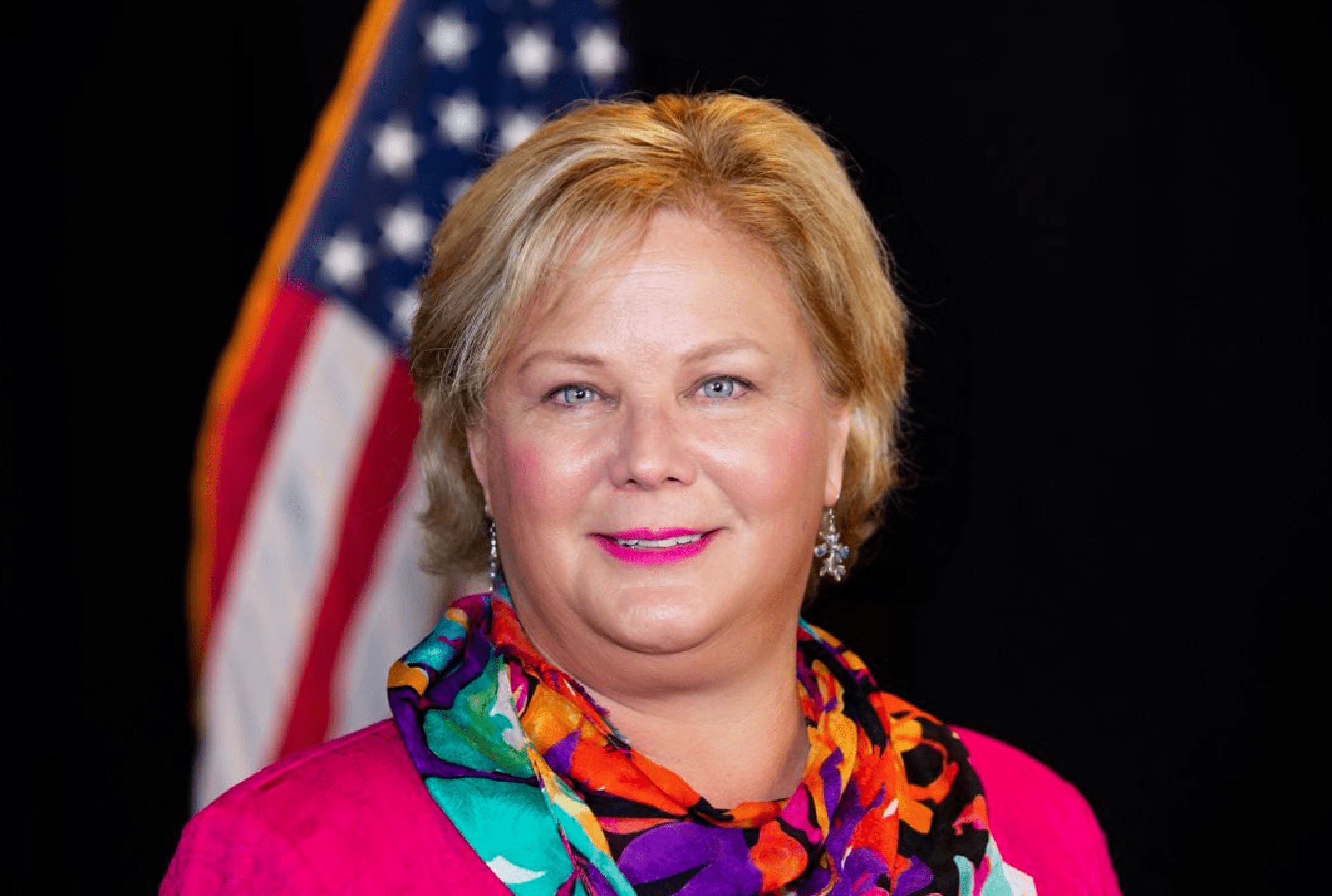
Elder Index
According to the Congressional Budget Office “The Elder Index allows researchers to tailor the adequacy measure to the elderly while still providing a relatively simple way to evaluate retirement security.” In 2021, the University of Massachusetts Boston unveiled the tool. Keep in mind, the Elder Index differs from the Federal Poverty Index “The Elder Index is built around everyday expenses encountered by older adults and is designed to be a realistic benchmark of income adequacy that reflects regional and local variations in cost of living, while the FPL is a nation-wide average that does not account for age, location, or inflation variability in cost of living for most categories.” Try it for yourself.
Long-Term Care
Elder Index health care costs include Medicare Part B health insurance premiums, premiums for supplemental coverage including prescription drug coverage, and out-of-pockets costs. The out-of-pocket costs are especially painful with rising inflation. Medicare, Medicare Advantage and Special Needs Plans can cover some medical equipment and home safety costs especially for those who choose to remain in the community and not in residential care. There are no universal standards for these social determinants of health costs, nor are there clear income guidelines to who qualifies.
Research indicates that eighty percent of our health status come from social, emotional, behavior and economic factors leaving a mere twenty percent to heredity. Therefore, building your doomsday clock on the lives of your ancestors is not accurate. Remember when national weather celebrity Willard Scott used to celebrate milestone birthdays for people who turned 100 years old? The segment, sponsored by Smucker’s Jelly, now celebrates first birthdays. This USA map tells a colorful story of shifting census results. Consider that 58/100,000 US residents are 100 years or older. We are facing a new reality of more years in ‘retirement’ than ever in human history.
Caregiving
Demographics paint a frightening picture when it comes to aging care. Today there are three potential caregivers for each person requiring care. That ratio declines significantly to 1.7 caregivers for each person needing help by the year 2030. The divorce rate among Boomers topped 50% in the past five years. That means more than ⅓ of all Boomers are divorced, never married, or widowed. Changing social norms have created a web rather than tree structure of families today. Boomers are caring for parents, in-laws, stepparents, and unattached elderly relatives simultaneously.
The New York Times series “The Price of Modern Parenting” describes the economic reality of being a member of the sandwich generation today. Forty-seven percent of adults in their 40s and 50s that are raising children have a parent over the age of 65. About one in seven of this group is providing financial support to both generations. Who among us has enough ‘bread’ to sustain this sandwich? Credit cards, home equity loans, savings accounts are called upon to bridge the gap between these expanding needs and limited resources.
Age Friendly Living
Harvard University and AARP released a comprehensive study on the financial realities of housing for senior adults. The reports highlight the indicators that affect the cost and location of caregivers. Harvard’s Joint Center for Housing Studies researchers discovered that most senior adults remain in their community even if it is not the best fit as they age. It is AARP’s Age Friendly Community movement that is improving communities across the country hoping to make every town and city the right place to age. Check out your community, is it right for you?
Credit for Caring
We are here to help. Living alone, aging in the community, caring for family members, living with a disability and home-based care organizations use Credit for Caring by REUNIONCare. We are social workers working online to help serve you. Medline Industries provides the supplies and equipment at very low cost. And shipping is a flat rate, $3.95 on most orders. We are committed to preserving the dignity and autonomy of all people but especially those who are vulnerable due to social determinants of health issues. Our solutions support you where you live, work, play, pray, and learn. Chronic health conditions and declining abilities often isolate people and add extra burdens to caregivers. Product bundles make activities of daily living and home safety easier.



